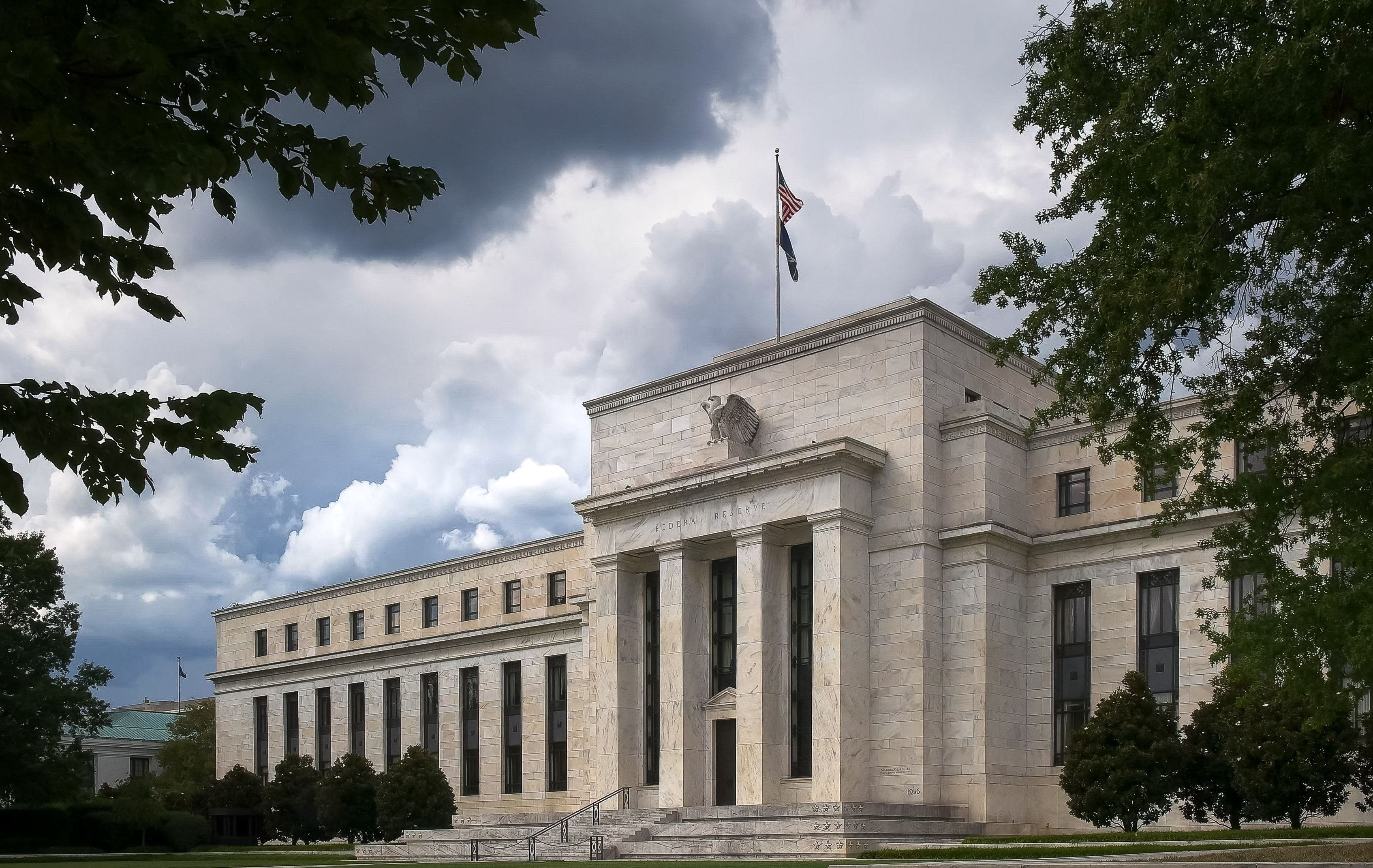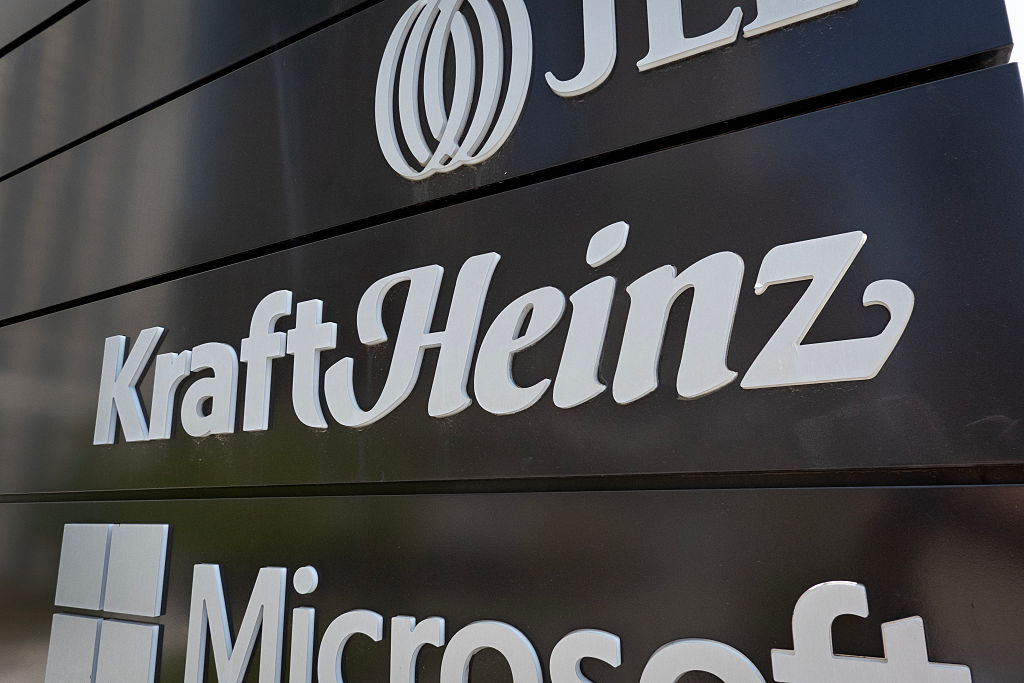A Class Act
You don't need a PhD to appreciate Education Management's profit potential.
As governor of Maine, John McKernan made continuing education a top priority. In 1993, he launched a vocational-training program in Maine's public high schools. He even published a book in 1994 calling for better education of "the middle half of the high school" -- that is, graduates who aren't headed for four-year degree programs but still need job training. Now he's getting the chance to put his theories to the test as chief executive of Education Management, one of the largest for-profit higher-education companies in North America.
Last fall, Education Management taught more than 72,000 students a wide variety of skills, from culinary arts to computer programming. The company has grown rapidly since McKernan, 57, joined the board in 1999. He became CEO in 2003, and he now divides his time between Washington, D.C. (his wife is Sen. Olympia Snowe), and Pittsburgh, where Education Management is based. Each year he also visits half of Education Management's 73 campuses, which are in 24 states and two Canadian provinces. He plans to add five new campuses a year, and analysts expect enrollment to grow 9% a year.
Training required
Demographics and global trends are on the company's side. College-age Americans will grow in number over the next five years, and those who don't go to college will need training to get good-paying jobs. This is particularly true because unskilled manufacturing jobs continue to move overseas. If we don't educate Americans, McKernan says, "eventually we'll get to a mismatch. There will be skilled jobs, but too few people to do them."
From just $107.88 $24.99 for Kiplinger Personal Finance
Become a smarter, better informed investor. Subscribe from just $107.88 $24.99, plus get up to 4 Special Issues

Sign up for Kiplinger’s Free Newsletters
Profit and prosper with the best of expert advice on investing, taxes, retirement, personal finance and more - straight to your e-mail.
Profit and prosper with the best of expert advice - straight to your e-mail.
The stock (symbol EDMC) plunged during the dot-com boom, but has soared 340% since the end of 1999. At $32, it trades at 22 times analysts' earnings estimates of $1.46 per share for the year ending June 2006, according to Thomson First Call. Analysts see $1.76 in fiscal 2007. Education Management should be able to reach those targets if McKernan achieves his goal of boosting operating profit margins (operating profits divided by revenues) from 16% currently to 20%.
Expanding the company's fledgling online courses will be key to increasing profitability. Profit margins are much higher online than in the classroom, says analyst Mark Marostica, of Piper Jaffray. He says the larger number of online classes offered by rival Career Education generate operating profit margins of about 40%. But he estimates that Education Management's online margins will initially be in the teens. Students who take all of their courses online account for only about 6% of the company's enrollment. But Education Management's online ranks swelled 63% last fall, compared with 7% growth on its campuses. The online trend should gain momentum once the company launches the online version of its Argosy University, which offers programs in business, education and behavioral science.
Education Management is cash rich -- it holds $267 million, or $3.50 a share, in cash -- but it hasn't paid a dividend since going public in 1996. McKernan says directors plan to discuss a dividend later this year. Analyst Kara Cheseby, of T. Rowe Price, thinks the firm will start paying a dividend or buying back stock. "They have a clean balance sheet and a lot of cash flow that they need to decide what to do with," she says.
The stock fell $2 last December 12, after the company announced problems at one of its schools, the Art Institute of Dallas. Its president has since been replaced. Only 2% of Education Management's students attend AID, so this setback shouldn't trim earnings much. Marostica thinks the dip makes the stock a better buy, and he predicts that it could reach $40 later this year.
Profit and prosper with the best of Kiplinger's advice on investing, taxes, retirement, personal finance and much more. Delivered daily. Enter your email in the box and click Sign Me Up.
-
 Holiday Tax Scams: 'Tis the Season to be Wary
Holiday Tax Scams: 'Tis the Season to be WaryTax Scams Navigating tax tricks of the holiday season may be daunting, but don't let that destroy your festive spirit
-
 Metro by T-Mobile Is Giving Away This Samsung Galaxy A16: Which Plans Are Eligible?
Metro by T-Mobile Is Giving Away This Samsung Galaxy A16: Which Plans Are Eligible?Metro by T-Mobile is offering free Samsung Galaxy A16 phones on eligible plans right now. Here’s how the deal works.
-
 I Drive and Collect Classic Cars: Here’s How I Got Started
I Drive and Collect Classic Cars: Here’s How I Got StartedAre classic cars a hobby or an investment strategy — or both? Either way, the vintage car scene is much cooler and more affordable than you think.
-
 What the Rich Know About Investing That You Don't
What the Rich Know About Investing That You Don'tPeople like Warren Buffett become people like Warren Buffett by following basic rules and being disciplined. Here's how to accumulate real wealth.
-
 How to Invest for Rising Data Integrity Risk
How to Invest for Rising Data Integrity RiskAmid a broad assault on venerable institutions, President Trump has targeted agencies responsible for data critical to markets. How should investors respond?
-
 What Tariffs Mean for Your Sector Exposure
What Tariffs Mean for Your Sector ExposureNew, higher and changing tariffs will ripple through the economy and into share prices for many quarters to come.
-
 How to Invest for Fall Rate Cuts by the Fed
How to Invest for Fall Rate Cuts by the FedThe probability the Fed cuts interest rates by 25 basis points in October is now greater than 90%.
-
 Are Buffett and Berkshire About to Bail on Kraft Heinz Stock?
Are Buffett and Berkshire About to Bail on Kraft Heinz Stock?Warren Buffett and Berkshire Hathaway own a lot of Kraft Heinz stock, so what happens when they decide to sell KHC?
-
 How the Stock Market Performed in the First 6 Months of Trump's Second Term
How the Stock Market Performed in the First 6 Months of Trump's Second TermSix months after President Donald Trump's inauguration, take a look at how the stock market has performed.
-
 Fed Leaves Rates Unchanged: What the Experts Are Saying
Fed Leaves Rates Unchanged: What the Experts Are SayingFederal Reserve As widely expected, the Federal Open Market Committee took a 'wait-and-see' approach toward borrowing costs.
-
 Fed Sees Fewer Rate Cuts in 2025: What the Experts Are Saying
Fed Sees Fewer Rate Cuts in 2025: What the Experts Are SayingFederal Reserve The Federal Reserve cut interest rates as expected, but the future path of borrowing costs became more opaque.